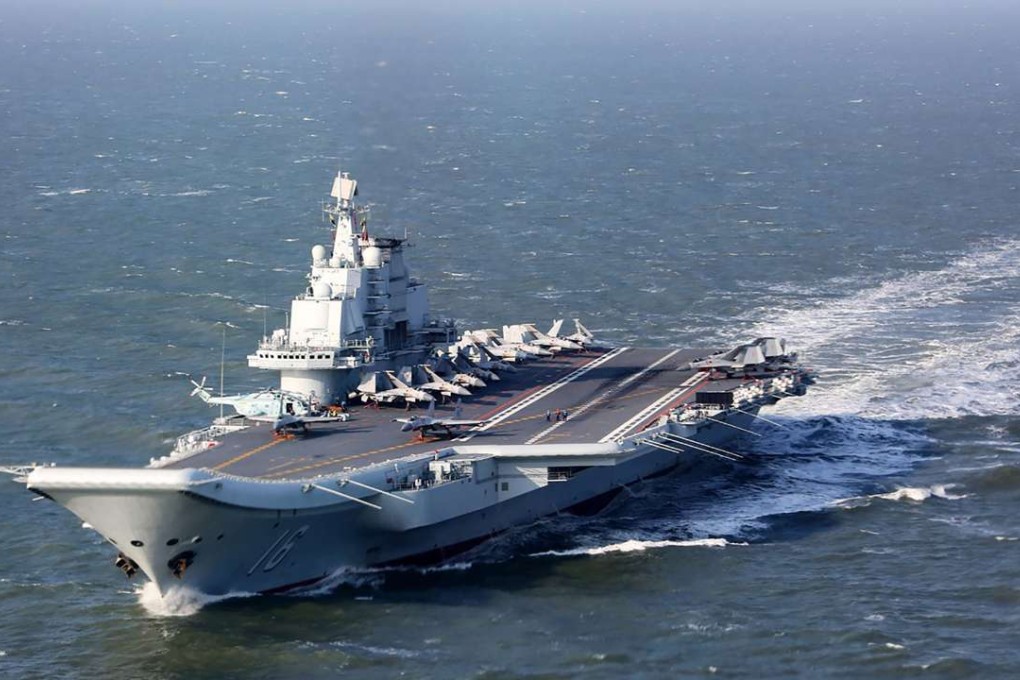Sino File | China’s aircraft carrier display harks back to ‘gunboat diplomacy’
First open-sea training exercise of the Liaoning is a milestone for the nation’s navy, but compared to the US, Chinese fleets are on their maiden voyage

The aircraft carrier is the most capable offshore warship ever built. It is considered a symbol of national and naval strength, and thus an indispensable part of China’s dream of building itself into a maritime power.
This made the first open-sea training exercise of China’s sole aircraft carrier, the Liaoning, quite significant. Its voyage into the western Pacific has been a milestone for the nation’s navy, which has more a history of humiliation than of glory.
It’s the first time the vessel, which was commissioned in 2012, has ventured into distant waters, passing by Taiwan twice on its journey in the South China Sea.

The high-profile exercise came soon after the US President-elect, Donald Trump, telephoned Taiwan’s independence-leaning president, Tsai Ing-wen, and openly questioned the “one China” policy, which riled Beijing. It also came amid escalating tensions over territorial disputes in the South and East China Seas.
While Beijing insisted the carrier, which was built from an incomplete Ukrainian hull, would be used mostly for training and research before being deployed, the high-profile display has still triggered widespread fears over the revival of “gunboat diplomacy” – seen around the world from the mid-19th century to the mid-20th century.
